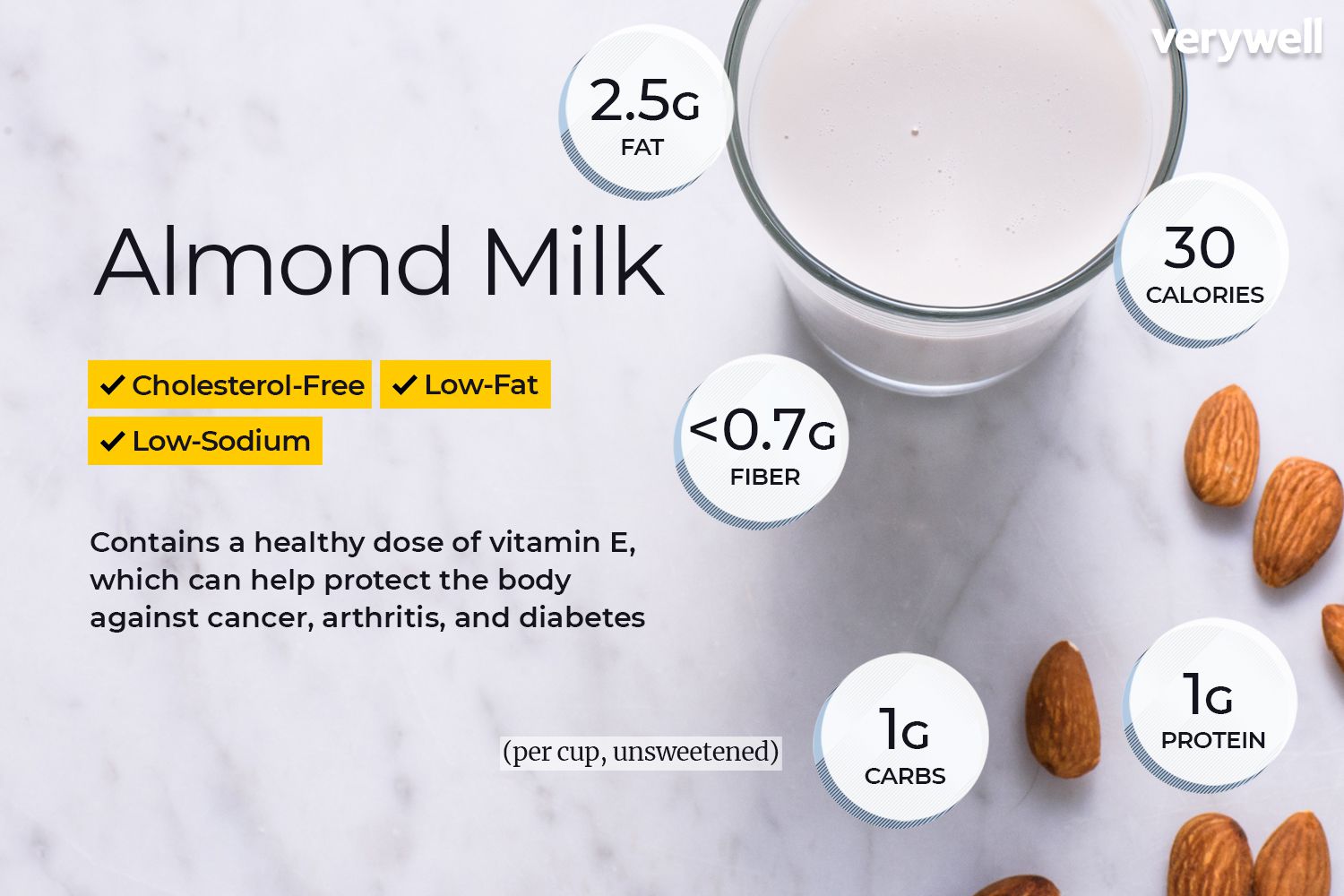Breast milk is the diet that can give all the nutrients needed to meet the infant’s nutritional needs. After this period, cow’s milk replaces the mother’s milk, becoming an essential – but not complete – food for the organism of children, adults, and the elderly. The nutritional importance of cow’s milk derives from its excellent content in proteins, essential amino acids, calcium, phosphorus, and vitamins B1, B2, and A (mainly contained in whole milk ). If you want to take care of your health and know about how much protein in milk, you are in the right place. From this guideline, you will know all about it. Let’s grow your knowledge.
Table of Contents
Getting know: how much protein in milk normally.
Different types of proteins characterize the protein content of cow’s milk. The most abundant, called caseins (from the Latin causes “cheese”), makeup 80% of the protein fraction and have an amino acid composition ideal for growth and development. The remaining 20% is made up of different types of proteins (beta-lactoglobulins and alpha-lactalbumin) which are grouped under the common name of “whey protein.”
The proteins found in cow’s milk are responsible for some of the most common food allergies. Beta-lactoglobulins mainly cause typical allergic manifestations.
Is they allergic to milk itself?
To a lesser extent, caseins (alpha-lactalbumin are more abundant in human milk, while beta-lactoglobulins prevail in cow’s milk). You are therefore not allergic to milk itself but only to one or more proteins contained in it. It is important not to confuse milk allergy (whose main symptoms are often severe) with intolerance towards this food (generally due to a lactase enzyme deficiency).
Along with fat and lactose, caseins are one of the main organic components of milk.
Caseins are composed of different types of proteins bound together with water, enzymes, and mineral salts.
Is micellar structure of casein important?
The micellar structure of casein is very important for digestive processes, the food industry (production of cheese and fermented milk), and artificially separating the other cow’s milk components. Although not particularly water-soluble, casein micelles are kept in dispersion in milk. However, it is possible to aggregate (coagulate) by enzymatic action or by acidification, but not by heating. This coagulation result is a gelatinous material, which takes the name of rennet and represents the first phase of cheese preparation.
Lactalbumin and lactoglobulins – how much protein in milk
The high-speed centrifugation of skimmed milk allows obtaining a colloidal aggregate separately. It contains caseins and a whey solution containing water, lactose, lactoglobulins, and lactalbumin ( whey proteins ). As previously mentioned, the same result can be obtained using a proteolytic enzyme (such as rennin from rennet) or by working everything in an acidic environment (a bit like it happens in our stomach ).
There are various whey proteins in milk. The best known are lactoalbumin and lactoglobulins. Which represents an exceptional source of branched amino acids.
The thing you should know on how much protein in milk
Compared to caseins, they have a complete amino acid profile, which gives them a biological value even higher than that of egg proteins. There are also immunoglobulins in the serum, which derive directly from the animal’s blood plasma and perform an important immune function. Whey protein also includes a long list of enzymes, protein hormones, and growth factors.
Lactoglubulins contain oligopeptides that are easily digested by the body. This protein type has dipeptides or tripeptides. It absorbed as such without undergoing digestive processes.
Much like the glycemic index of carbohydrates, proteins classified into “slow and fast.”
Whey proteins fall into the fast proteins class as they are highly digestible and very fast in entering the circulation. Due to a more complex chemical structure, caseins are instead gradual (slow) release proteins with marked anti-catabolic properties.
The considerations derive from a study
These considerations derive from a study that measured blood levels of leucine in two groups of healthy subjects who, after a 10-hour fast, had eaten 30 grams of whey protein and 30 grams of casein, respectively. The results have triggered the commercialization of several slow, fast, fast, “partially digested” or blended protein supplements. Currently, the leading experts in protein supplementation recommend taking whey protein in the morning or post-workout. The use of casein would instead indicate at other times of the day, especially before going to bed to avoid nighttime catabolism.
The tips based on the results
These tips based on the results of the study above. But it is essential also to consider other important aspects:
- The subjects fasted for ten hours while most of the individuals taking milk. The protein supplements consumed at least 4 meals a day. The presence in the stomach of residual food that not yet fully digested influences protein supplements’ digestion. An even more important role played by the other nutrients with which these supplements combined. The association with fibers, fats, or other proteins slows down the digestion of milk proteins .
- By taking whey proteins together with a glass of whole or semi-skimmed milk, it is possible to slow down the digestive process by mimicking caseins’ action. If the same supplement combined with simple sugar. The entry into the cells of the amino acid deriving from protein digestion theoretically facilitated. Thanks to the greater insulin response.
Final word on how much protein in milk
Therefore To promote optimal digestion and absorption of milk proteins. It is important to avoid taking them together with meat, fish, legumes, or overly elaborate meals. The ideal protein supplement does not exist as it varies about specific individual needs, the sport practiced. Therefore The training period. For example, athletes who practice endurance disciplines need proteins rich in branched-chain amino acids (BCAAs) to counteract the muscle catabolism induced by long-lasting activity. Therefore I hope now you are clear on tips based on the results. You may know how much protein in milk. Thanks for reading.

Nice article